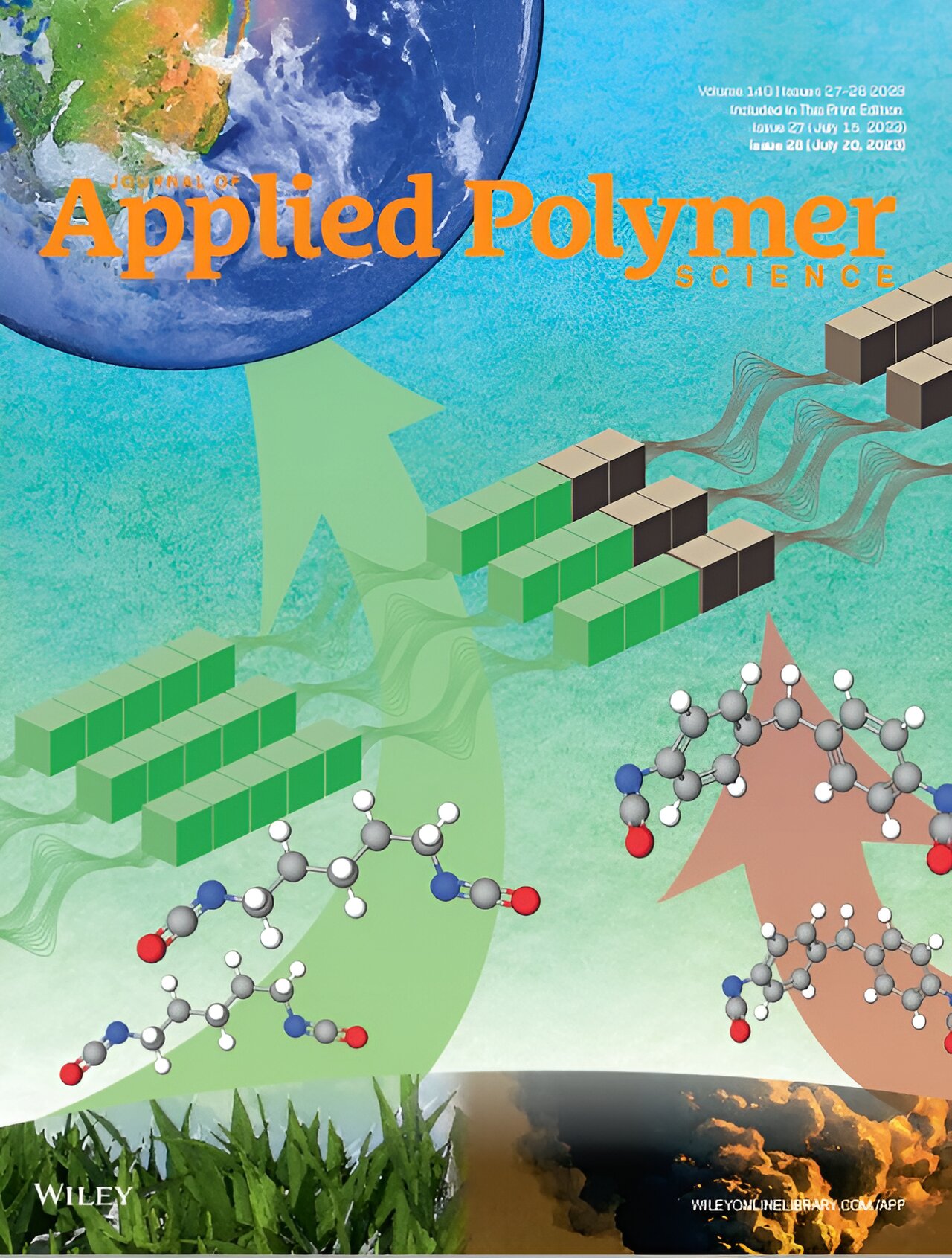Prepare to be amazed by a groundbreaking discovery from the Center for Research and Innovation in Metamaterials at the University of Exeter and the Laser Processing Group at the Institute of Optics. In a recent publication in the esteemed journal Advanced Optical Materials, these brilliant researchers have unveiled a spatial light modulator unlike anything the world has seen before. What makes it so special? Well, it has the potential to achieve ultra-fast, amplitude-only modulation without altering the optical phase.
But let’s dive into the details. This incredible technology harnesses the power of chalcogenide phase change materials, opening up a world of possibilities in wave front shaping experiments, communications, detection, and grayscale imaging. The device itself is composed of a thin GeTe layer, acting as a reconfigurable mirror. By transitioning the material between its amorphous and crystalline states, we gain precise control over the amplitude of reflected light, all without touching the optical phase.
Imagine the potential! With discrete, amplitude-only modulation of light, we can expand the degrees of freedom in wave front shaping experiments. By combining this device with phase-only counterparts based on liquid crystals, the possibilities become endless.
Now, let’s talk numbers. The experimental results are truly impressive, showcasing an absolute intensity modulation of 38% (relative modulation of 233%). And the best part? The optical phase only experiences a minimal shift of less than ≈π/50 across the measured areas. Plus, the transition rates of GeTe and other chalcogenides in its family are lightning-fast, operating in the nanosecond range or even faster than current liquid crystal technologies.
It’s important to note that this breakthrough paves the way for a new class of ultrafast, non-volatile, and energy-efficient spatial amplitude modulators. And the cherry on top? The device is easy to fabricate and boasts rapid switching speeds, making it a perfect fit for integration in electrically controlled pixelated devices.








